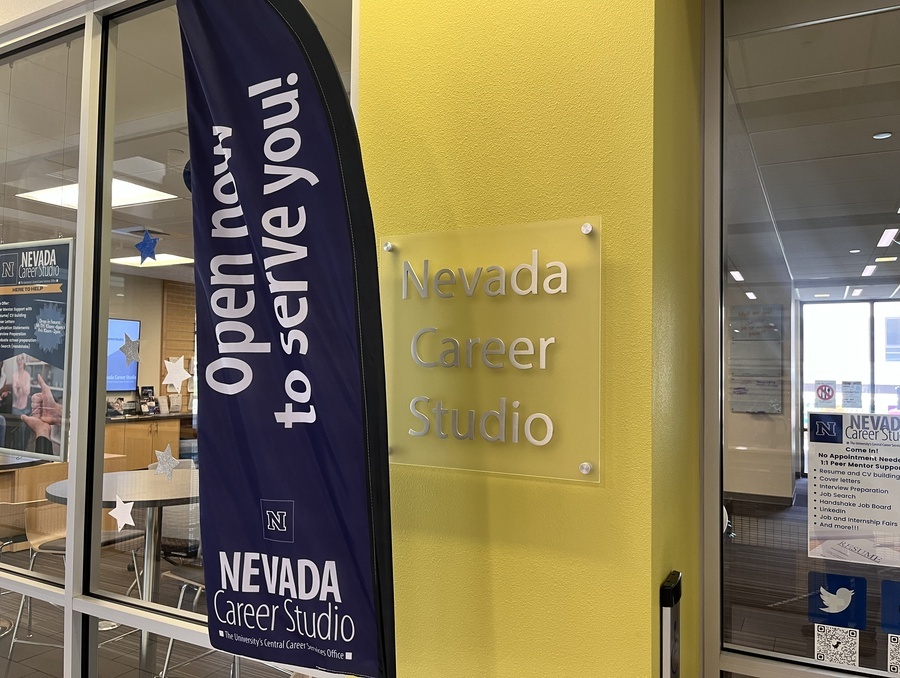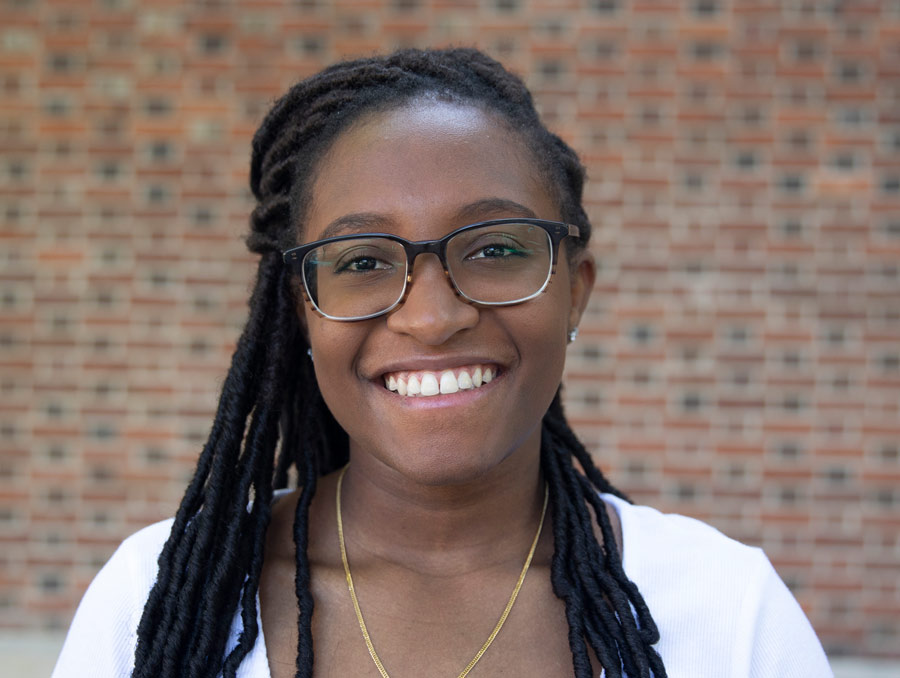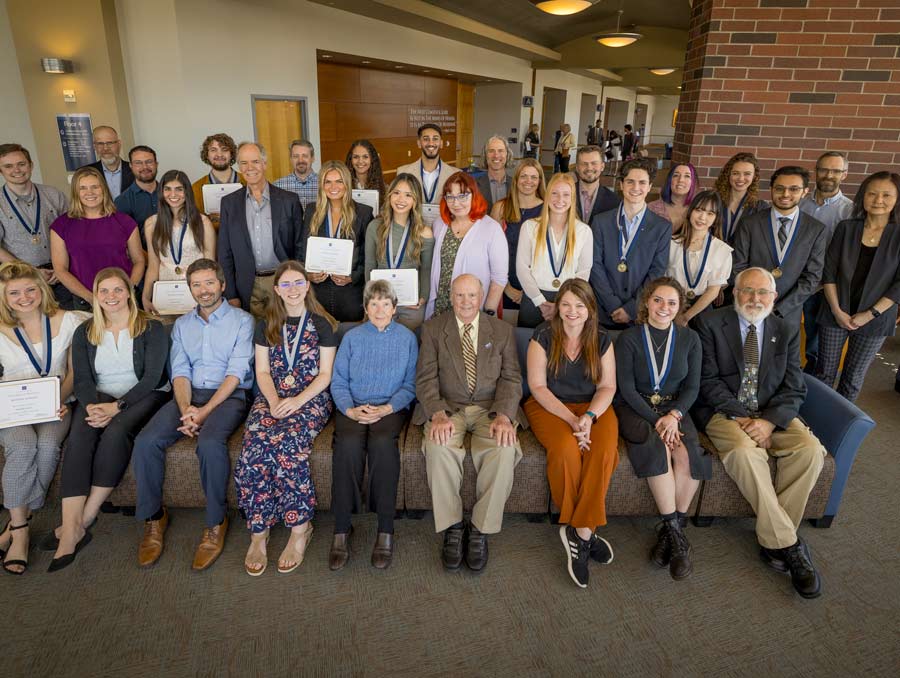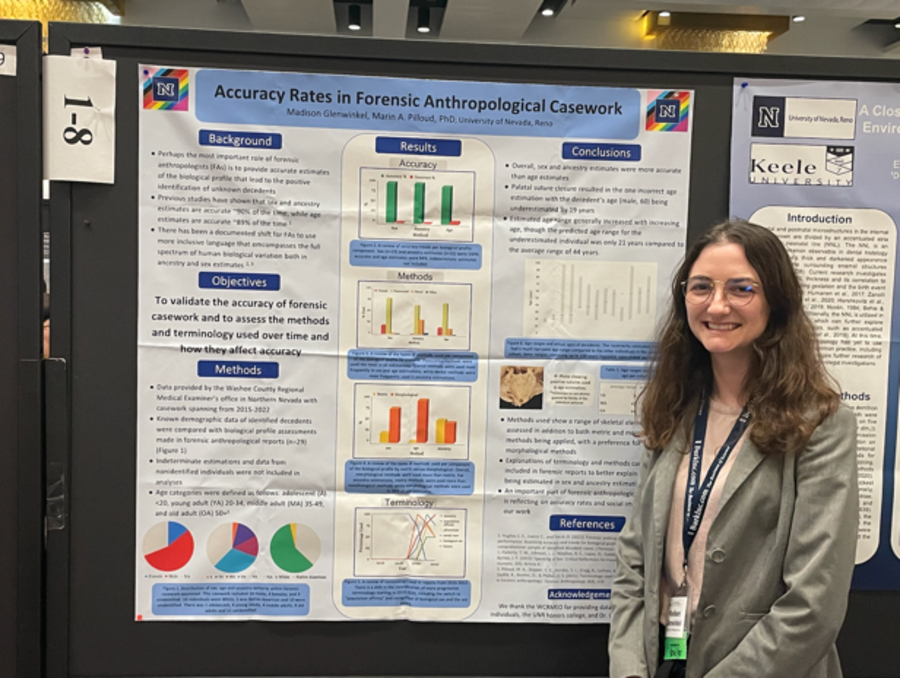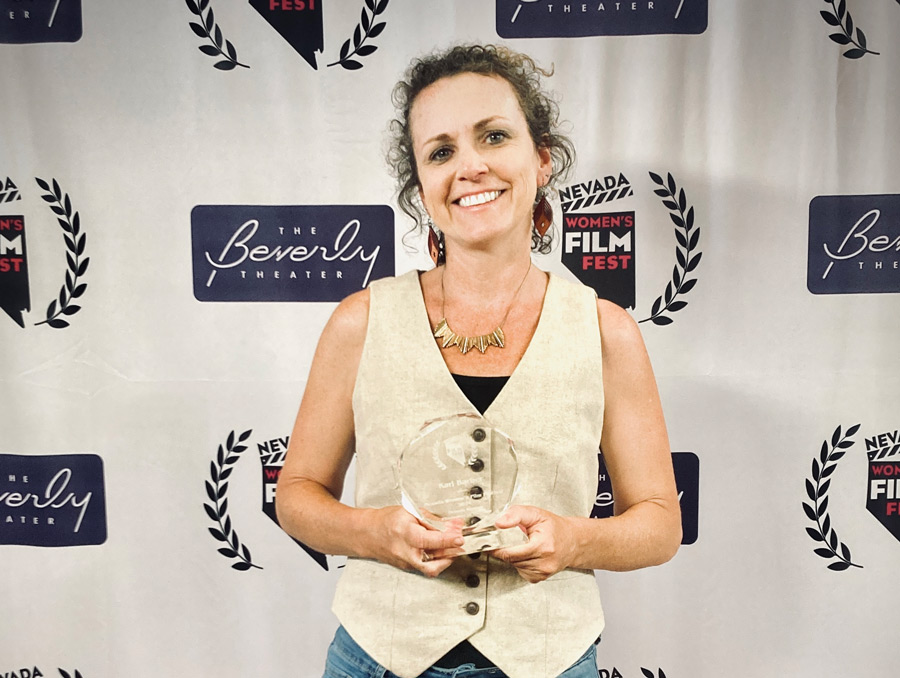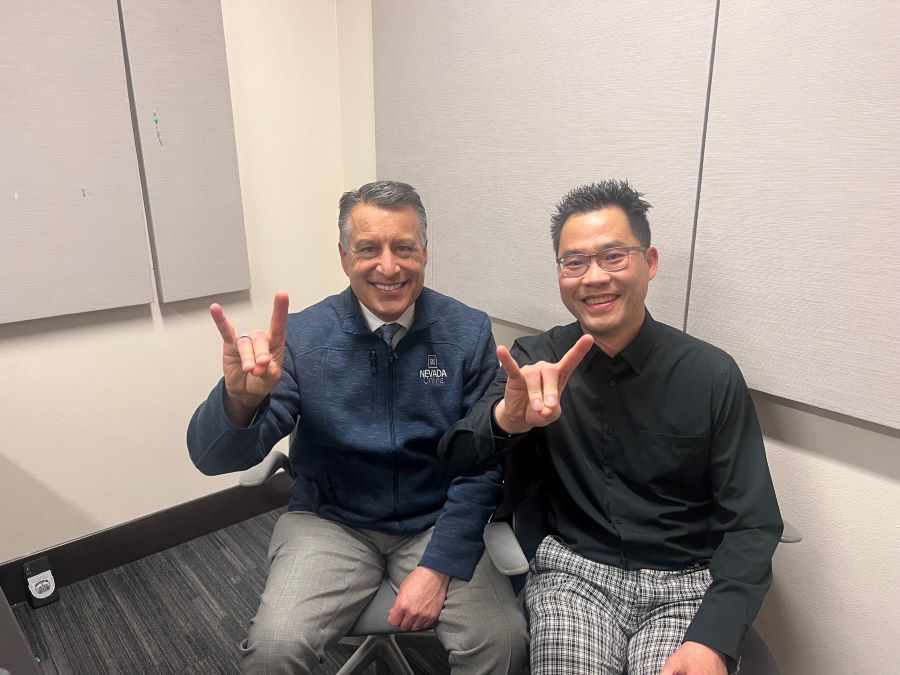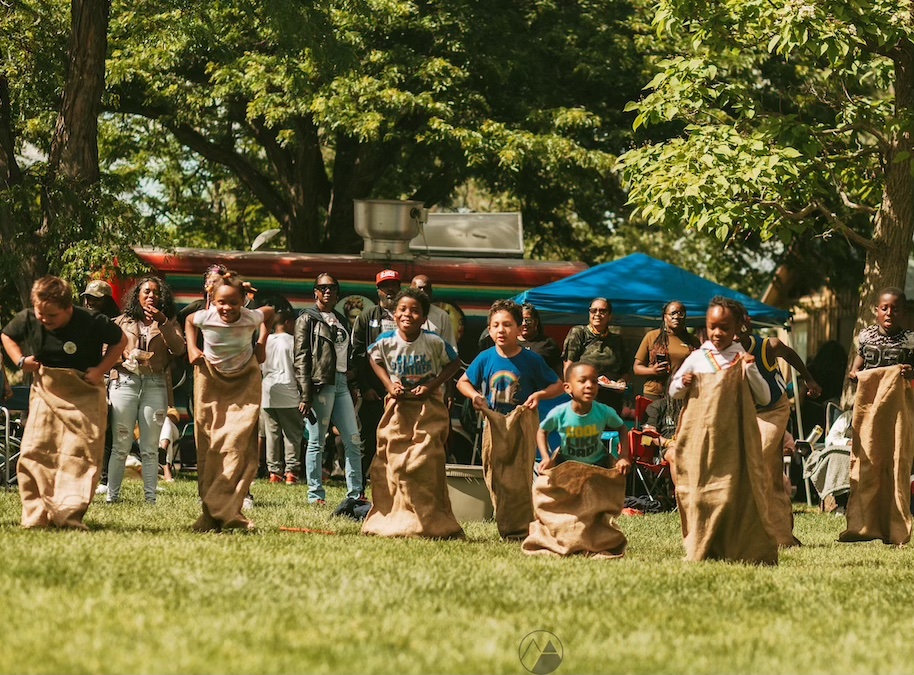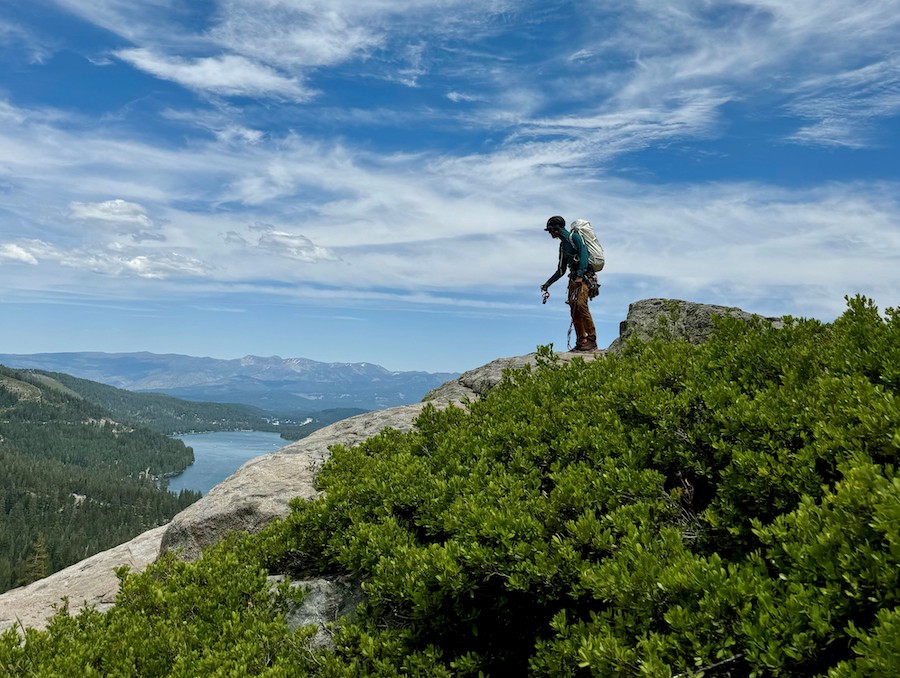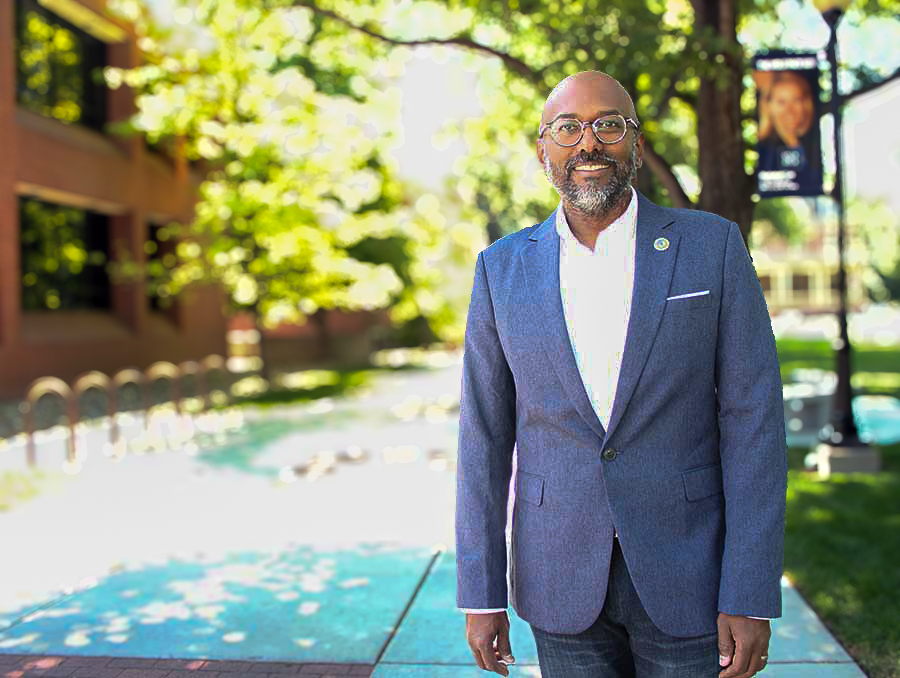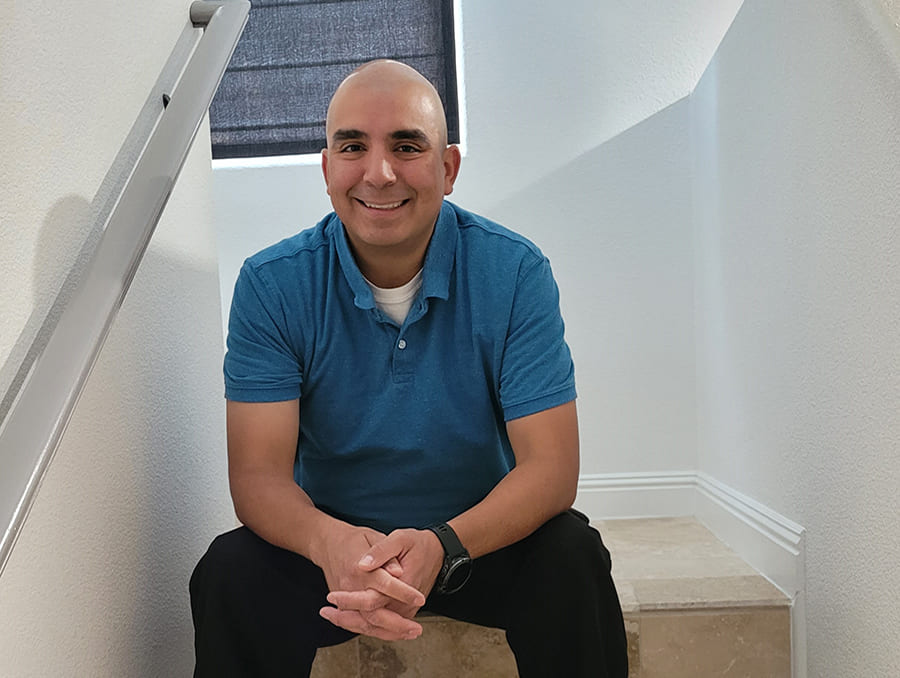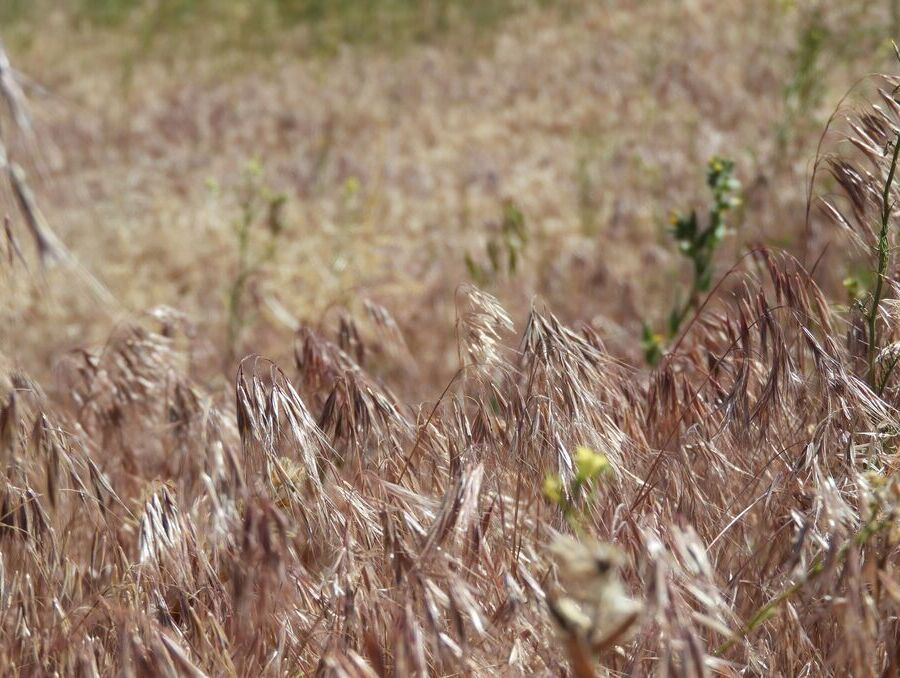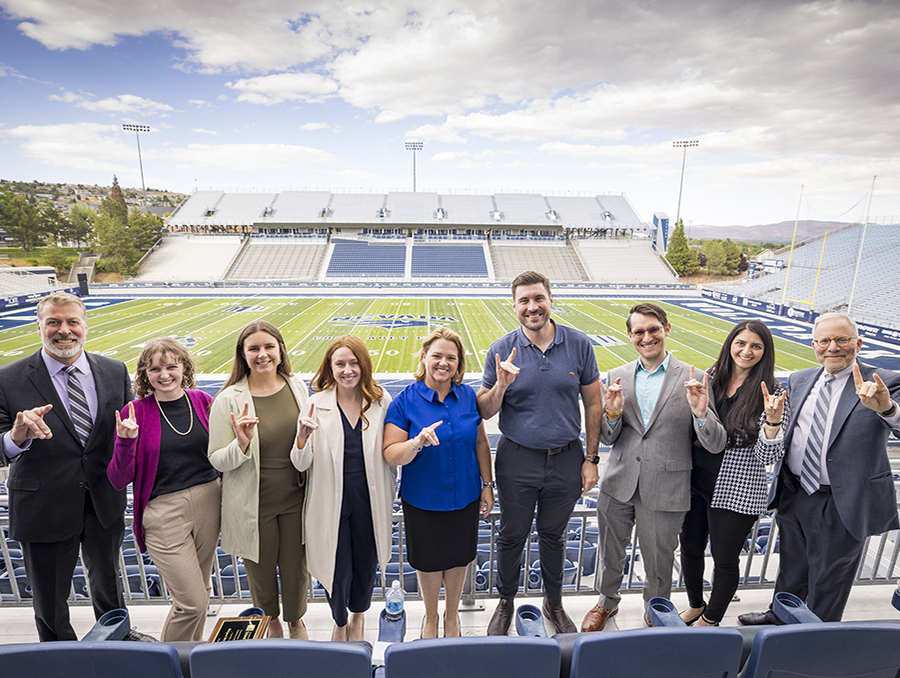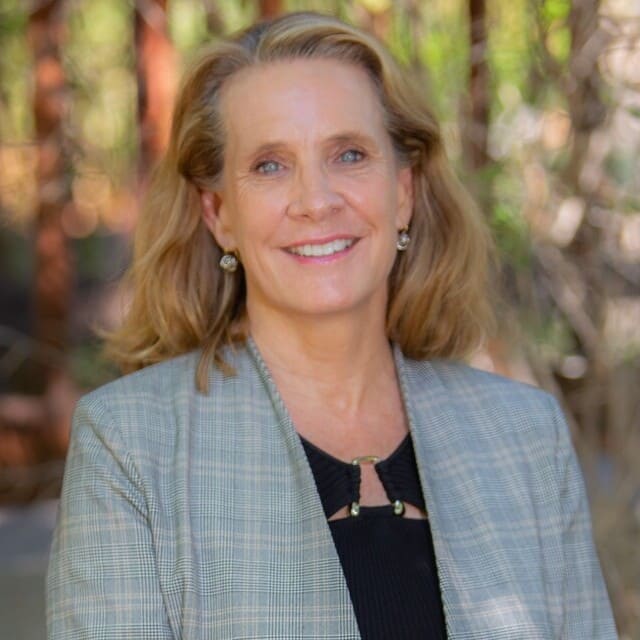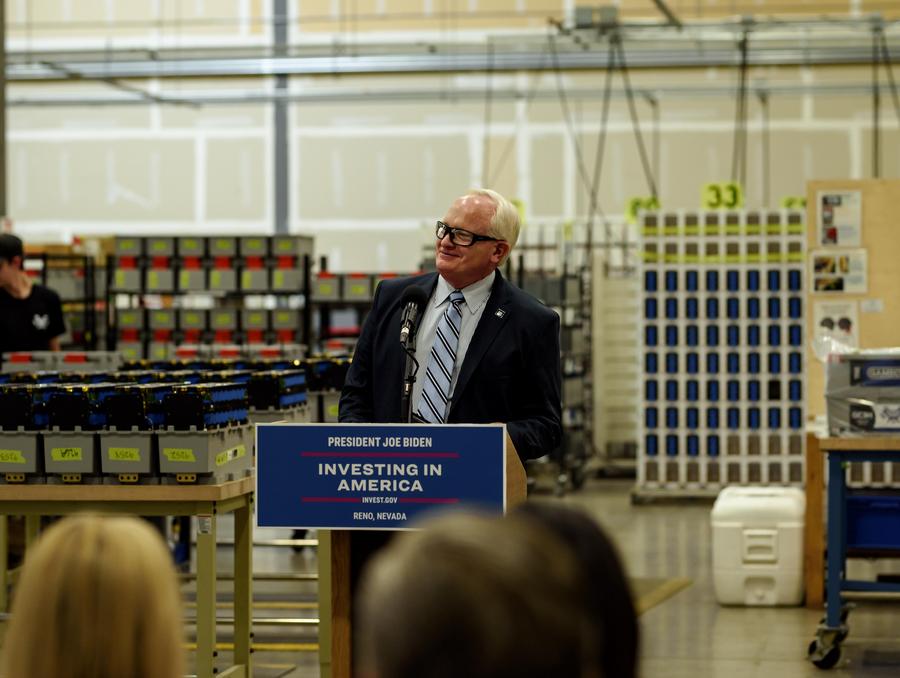At the end of March, Andrew Siciliano, an undergraduate at the University, received some exciting news. He learned he was the recipient of a Goldwater Scholarship. The Goldwater Scholarship is intended for students who want to attend graduate school. Siciliano was one of four students nominated for the scholarship from the University this year and was the only recipient in the state.
Siciliano is a junior majoring in geology, but his interests are rooted deeply in geochemistry. To expand his knowledge, Siciliano is also pursuing minors in math, geography, environmental science and chemistry.
“I really just wanted to learn as much as I could,” Siciliano said. “What I want to do is pretty close to what I'm doing right now, which is using geochemistry to learn about the early Earth.”
Siciliano came to the University from Las Vegas, where his father is a professor at the University of Nevada, Las Vegas. During his senior year of high school, Siciliano learned exactly what he wanted to do thanks to a talk at his school given by professor emeritus Bob Watters.
“I first fell in love with chemistry in high school, but I realized that the questions that I wanted to answer using chemistry were all about the Earth,” Siciliano said. “A University of Nevada, Reno faculty member from the department had come and given a talk at my high school, and it was about the geology major and the many subfields of geology. With geochemistry, I was like, ‘This is a real thing? This is exactly what I was looking for.’”
Siciliano started the next spring as a geology major and took a class with Philipp Ruprecht, associate professor in the Department of Geological Sciences and Engineering. Siciliano reached out to Ruprecht to see if there was an opportunity to get involved in research.
“Andrew is a student with great drive and curiosity,” Ruprecht said. “When we first talked, he not only wanted to get involved in interesting research, but he also wanted to understand what he did not know yet but should learn about. He has taught himself many of these things since then himself.”
Ruprecht gave Siciliano a “home run” by bringing him onto a research project analyzing the chemistry of magmas and how magma chemistry changes during their transit of Earth’s crust. Specifically, Siciliano analyzed apatite, a phosphate mineral that tracks the availability of oxygen as it grows in the evolving magmas. His research confirmed an emerging theory in Ruprecht’s research group, where Siciliano provided the missing link that only those analyzed apatite crystals could provide.
“When magmas move through the crust, they assimilate the surrounding material and this process can have a pronounced effect on their chemistry” Siciliano said. “In the case of Nevada magmas, they become starved in oxygen which has important implications for the formation of ore deposits. This process may explain why magmas in Nevada often cause the enrichment of gold, while similar magmas in Utah are dominated by copper."
Siciliano was involved in the research from start to finish. He went into the field in northeastern Nevada with the other members of Ruprecht’s lab group, where they collected samples of crystallized magma that had formed beneath Earth’s surface about 35 to 40 million years ago. Siciliano then traveled to the Advanced Photon Source at the Argonne National Laboratory in Chicago to analyze the crystals from these magmas.
Siciliano spent about 12 hours a day for three days analyzing the apatite crystals using X-ray absorption spectroscopy and determining what kind of sulfur is incorporated. The X-rays blast the sample generating a spectrum that the researchers can use to determine which oxidation states are present in the apatite.
“The relative proportions of each oxidation state of sulfur, in our case, serves as a proxy for oxygen availability in the magmas when they formed,” Siciliano said.
Siciliano’s research has elucidated some of Nevada’s geologic history. He said Ruprecht has allowed him to make mistakes that have improved his abilities in research.
“I don’t think I could have asked for a better advisor for an introduction to science and research,” Siciliano said. “He helped me grow exponentially.”
“Andrew has been amazingly independent in preparing this research,” Ruprecht said. “He is keen to present at national research conferences, where he receives compliments on his work.”
Ruprecht added that thanks to the generous support of Garrett Vice ’08 M.S. (geology), Siciliano was able to attend a large conference to promote his career development.
Siciliano also collaborates with researchers at the University of Utah. Siciliano will be spending the summer at the University of Utah to study a similar application of geochemistry.
At the University of Utah, Siciliano will examine how the concentration of oxygen in Earth’s atmosphere and oceans has changed over time. For the first 2 billion years of Earth’s history, the concentration of oxygen was at least six orders of magnitude lower than it is today, where it sits at about 21% of the atmosphere. Things changed when approximately 2.5 to 2.3 billion years ago, the “Great Oxidation Event” increased atmospheric oxygen concentrations significantly. Siciliano is looking for clues in the chemistry of marine sediments that were formed during this event to learn how the concentration of oxygen in the oceans changed through time. A detailed record of Earth’s atmospheric oxygen levels is important, because it is a key driver of evolutionary innovations in the biosphere. In particular, the timing of those changes will inform discussions about the causal relationship of changes in atmospheric oxygen concentrations and those evolutionary innovations.
“Animals show up in the fossil record sometime around 570 million years ago,” Siciliano said. “This potentially coincides with another Great Oxidation Event-like rise in oxygen concentrations, which has led to the suggestion that these two events may be causally related. However, it’s still very unclear, and these are the types of questions that I would love to try and help answer.”
With his little free time, Siciliano also works in the Nevada Geoscience electron microbeam laboratory run by Joel DesOrmeau on the University of Nevada, Reno campus, and after visiting the Discovery Museum and seeing volunteers teach children about geology, Siciliano asked about getting involved. He now volunteers at the museum regularly.
Siciliano hopes to eventually work as a professor, where he can combine his interests in teaching that he has fostered at the Discovery Museum with his passion for research. Siciliano encourages his fellow students to not worry about making mistakes.
“If you are interested in science or research, making mistakes is the best thing that you can do,” Siciliano said.
Siciliano truly embodies The Wolf Pack Way.

